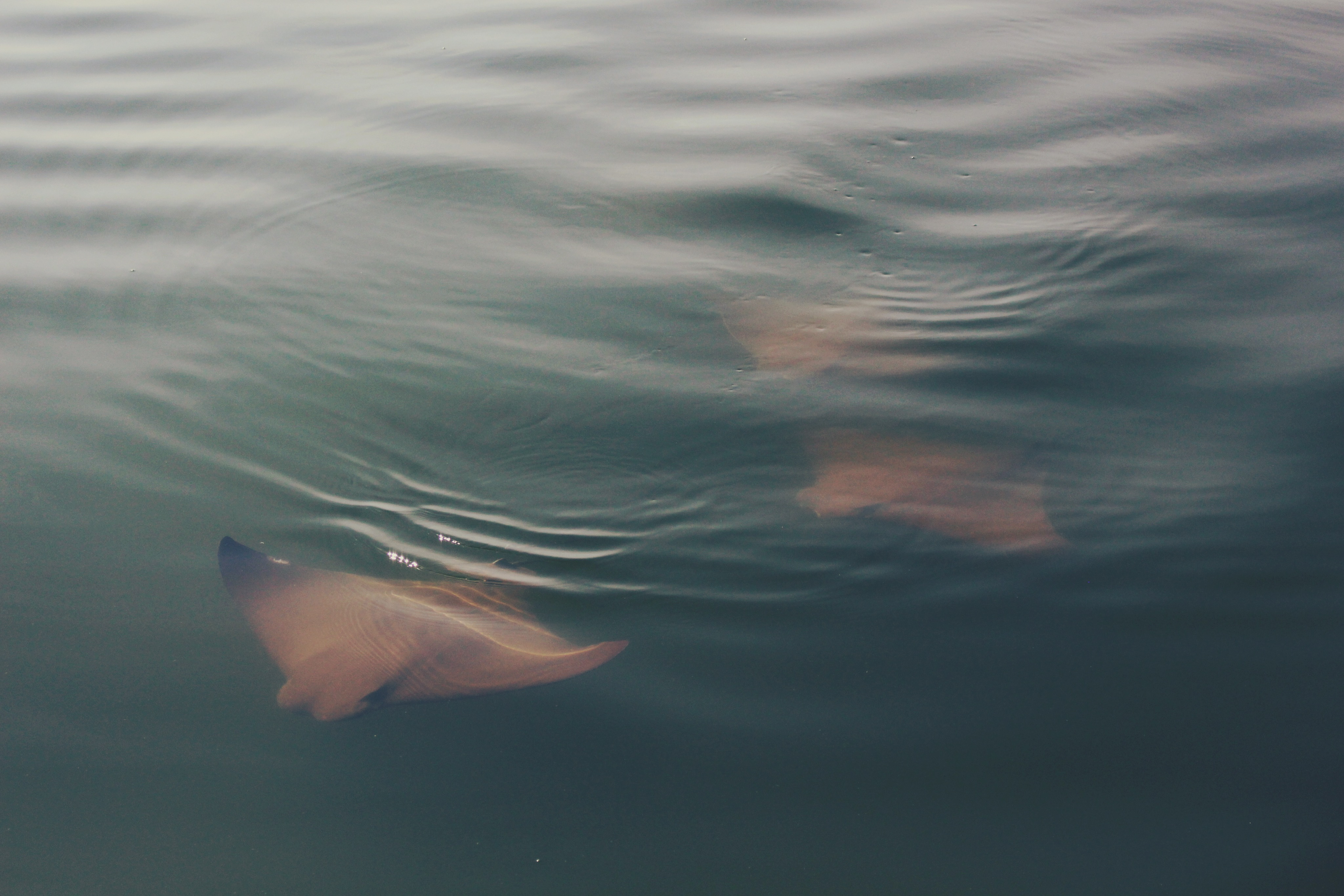PhD Studentships: Sensory Ecology, Parasites and Mate Choice in the Guppy, POECILIA RETICULATA
Jessica Stephenson Cardiff University & Bristol University Supervisor(s): Joanna Cable & Gabrielle Archard, & Julian Partridge My research focuses on the way information from different sensory systems (vision and olfaction) interact to inform animal decisions. I am using the guppy-gyrodactylid model system to test how parasitism affects this interaction in a mate choice context. In […]
